Mountain Review: Powder Mountain
MOUNTAIN SCORE
CATEGORY BREAKDOWN
See our criteria9
Snow:
7
Resiliency:
9
Size:
8
Terrain Diversity:
6
Challenge:
2
Lifts:
10
Crowd Flow:
3
Facilities:
6
Navigation:
7
Mountain Aesthetic:
GOOD TO KNOW
1-Day Ticket: $156-$229 USD
Pass Affiliation: Indy Pass
On-site Lodging: Yes
Aprés-ski: Moderate
Nearest Cities: Salt Lake City (1.25 hrs)
Recommended Ability Level:
+ Pros
Incredible snow preservation
No crowds, even on powder days
Substantial footprint
Available snowcat and bus-serviced skiing
Unique upside-down layout
– Cons
Majority of terrain not serviced by lifts
Slow, fixed-grip chairs in lift-serviced areas
Less expert terrain than competitors
Extremely limited snowmaking
Long journey to facilities from remote resort areas
MOUNTAIN STATS
Lifts: 9
Trails: 154
Beginner: 25%
Intermediate: 40%
Advanced/Expert: 35%
RECENT ARTICLES
VIDEO
Mountain Review
Looking for something different than your typical destination ski resort? Utah’s Powder Mountain aims to fit the bill. The resort offers an upside-down layout, significant restrictions on daily lift ticket sales, and an advertised 8,464-acre footprint, creating a stark contrast from most competing mountains nearby. With other destination ski resorts attracting more and more crowds over the past few years, Powder Mountain has piqued a lot of interest from those looking to recapture an uncrowded ski resort experience. However, the ski area was also recently taken over by Netflix co-founder Reed Hastings, and he plans some very significant changes to the resort in the coming seasons.
In this review, we’ll go through Powder Mountain’s overall mountain experience as it exists today. We’ll also go through exactly what Powder’s new ownership has in store for the resort starting in the fall of this year, and we’ll detail both the positive—and surprisingly negative—consequences of these changes.
Resort Layout
Let’s start with Powder Mountain’s layout. The resort’s top-down shape gives it a different vibe than every other destination ski resort in the United States, with the base areas sitting at the top of the mountain, rather than the bottom. This circumstance makes for an uncharacteristically built-up upper mountain but surprisingly isolated lower-mountain areas. While the setup might take some time to get used to, most guests will still find the resort to look incredible, with vast swaths of large, rolling peaks surrounding the resort.
Powder Mountain has a unique “upside-down” resort layout, with built up areas on the upper mountain and isolated lower-mountain areas.
Elevation
With a top lift-serviced elevation of just 8,900 feet (2712 meters) as of March 2024, Powder sits a lot lower than most of its Utah competitors—and it tops out only a few hundred feet above where mountains such as Alta and Brighton start. However, this lower elevation makes Powder Mountain a good choice for those who are susceptible to altitude sickness, since even though the resort sits well-above sea level, it’s easier to adjust to the elevation change than most of its competitors. With this all being said, since the resort’s base does sit at the top of the mountain, the lower elevation benefits won’t translate as much to those who are staying directly on-site.
Resort Size and Acreage Caveats
Powder Mountain advertises an 8,464-acre footprint, which, if correct, would make it the largest ski resort in all of North America. However, this metric comes with numerous asterisks. 3,200 acres of this “skiable” terrain is reserved for guided tours and cat skiing, meaning access to it doesn’t actually come with a Powder Mountain lift ticket. In addition, Powder is much wider than it is tall, and its 2,200-foot lift-served vertical is not impressive as far as Rockies destinations go.
Powder Mountain claims to have the largest footprint of any ski area in North America, but much of this terrain is reserved for guided tours and cat skiing.
Lift System
Across its 5,200 acres of true in-bounds terrain with its current setup, Powder is hurt by the lack of a coherent lift system. At least as of the 2023-24 season, only 56% of this acreage is lift-serviced—the rest is only served by paid snowcat rides (or in rare cases, hike-only or bus-served), making it extremely impractical to get to. The resort currently has one high-speed quad serving the Hidden Lake pod, but the rest are slow, fixed-grip lifts. Under the current resort setup, the mountain’s Sundown zone is notably removed from the rest of the resort; although it’s possible to ski from Sundown to other mountain pods, getting to this area warrants a ride on a public bus, which is a lot to ask for from a ski resort that’s trying to compete with the best mountains in the country.
TRAIL MAP
Lack of Crowds
Powder Mountain’s lift setup issues are counteracted by a lack of lift lines, even on peak days. The resort’s cap on ticket sales genuinely works, and unless there’s a mechanical issue with a lift, waits of any sort are incredibly rare. This means that on a weekend or holiday, Powder Mountain guests can get in substantially more laps than at other competing destinations, even with the slower speeds of its lifts. For the traveler that’s locked into specific vacation times, this trait alone may all but make up for the resort’s infrastructure deficiencies.
Snow Quality
If it’s snowed in the past few days and temperatures haven’t varied wildly, Powder Mountain’s slopes are hard to beat. The low visitation means the resort holds snow exceptionally well, with fresh tracks readily available throughout the slopes most core season dates. Powder’s glades are amazing; they’re mainly lightly-spaced aspen trees, making for easy navigation through the woods and holding the last vestiges of powder even when other areas have been skied out.
Powder Mountain’s aspen glades are a great place to look for untracked powder even days after a storm.
Snowcat Ride Experience
Powder Mountain’s snowcat-reliant slopes take the powder retention benefits of the resort’s lift-served terrain and turn them up to the max. The terrain not directly served by lift holds its accumulation extraordinarily well, often only receiving a few tracks per week. If temperatures have been consistent since the last snowfall, a snowcat ride means a journey to pristine, untouched powder. The big downside to Powder Mountain’s snowcat rides is the price; these cat experiences are not included with a lift ticket and go for upwards of $40 per ride with taxes and fees. However, if you don’t want to pay for the ride, the cat-served terrain is available to skin or hike up as well.
Powder Mountain’s snowcat-served slopes are often the best places to look for fresh snow, but each ride costs over $40. For 2024-25, the resort plans to continue snowcat operations, but in a different location.
Snowfall Totals
While Powder Mountain’s snow retention can stand out, the same isn’t always true for its raw snow totals. The resort does regularly see over 300 inches of snow each year, but accumulation tends to lag behind that of the Utah Cottonwoods mountains, which lead not just the state, but the continent in this category.
Resiliency and Snowmaking
Powder Mountain’s lower elevation also hurts snow consistency, resulting in more variable conditions than competitors, particularly in lower-mountain areas. While Powder Mountain did install its first snowmaking infrastructure this season, coverage is still extremely limited, so dry or warm spells can hit Powder hard—especially if it’s earlier or later in the season. In below-average snow years, major terrain zones at Powder Mountain may begin closing as early as mid-March, with the lower-mountain Paradise area usually closing first. Or to put it another way, unlike most Colorado and Utah competitors, late March is not a reliable time to book a trip to Powder Mountain.
RECOMMENDED SKIS FOR POWDER MOUNTAIN
NOTE: We may receive a small affiliate commission if you click on the below links. All products listed below are unisex.
Recommended intermediate ski
Recommended advanced ski
Recommended glade ski
Recommended powder ski
Beginner Terrain
Under its current setup, Powder Mountain scores highly in one category that several other resorts in the state struggle to do well in: family-friendliness. The resort arguably has the best green terrain in Utah, with mellow groomers—and even some beginner glades—across various lifts and elevations. The Hidden Lake Express, Village, and Mary’s lifts are home to the largest and most unique concentrations of these beginner slopes, so those looking for easier terrain should be sure to check them all out. Some greens don’t always get groomed, but this leaves an opportunity for those who have never dabbled in powder skiing to give it a shot—and thanks to the sheer quantity of beginner runs, there are always more than enough groomers even if a few of them aren’t maintained.
Powder Mountain is an excellent option for beginners, with mellow groomers found across the resort.
Intermediate Terrain
Powder Mountain’s intermediate terrain also stands out. The best blue cruisers can be found right off the Hidden Lake lift, with consistent grooming and beautiful panoramic views. Under the resort’s current setup, Cobabe Canyon is home to numerous intermediate powder runs with direct lift service from the Mary’s chair. With the exception of the lower-mountain Paradise lift, every other chair at Powder serves a handful of both groomed and ungroomed blues. There’s even a small section of intermediate bowl terrain off the Mary’s lift, as well as some awesome moderately-sloped glade terrain off the Mary’s, Village, and Hidden Lake lifts. The “ski-and-skin” Lefty’s Canyon zone hosts dependably untouched intermediate-rated terrain, although it does require a hike-out that typical intermediate guests might not be too happy about.
Advanced Terrain
Powder Mountain offers a strong selection of steep, ungroomed terrain for advanced-level visitors. Black-diamond runs include demanding tree-defined trails, glades of various densities, and some chutes. A considerable portion of Powder’s difficult terrain is snowcat or bus-served, holding ample powder for days after storms.
If conditions are good, experienced guests should be sure to check out the Paradise lift, which boasts a wide array of below-treeline challenges. With a bit of resort knowledge, guests can find perilous cliff drops and rock-lined chutes off some of these runs. Under the current resort setup, advanced and expert skiers and riders should also consider taking either the Lightning Ridge or Raintree snowcats, which provide access to steep, untracked bowls and trees, or hitting the upper-mountain Woody’s World or Powder Country terrain zones, which end at a shuttle bus and also rarely get tracked.
Powder Mountain’s Paradise lift serves some of Powder Mountain’s most challenging terrain.
Expert Terrain
Seasoned experts might come away a bit disappointed by Powder Mountain. Truly extreme terrain is hard to come by, and the only double-black-diamond runs at the resort—four tantalizing chutes off Lightning Ridge and James Peak—are only accessible via snowcat and a small hike. Under the resort’s current setup, lapping these lines is an absolute chore, with lift, bus, and snowcat rides all required to get back to where you started.
Facilities and Ease of Navigation
Powder Mountain has a few logistical quirks that may lead to some tricky situations. Each base area has its own lodge with good-quality, reasonably-priced food and drink options; however, there are no facilities in more remote and lower-mountain areas. If you’re coming from certain mountain zones, it takes a couple of lift rides to reach the nearest bathroom or lodge. Under the current setup, this trek can take over 15 minutes, which is hugely inconvenient if you really need to use the bathroom or want to escape stormy conditions. It’s also worth noting that while Powder Mountain is a fairly direct resort to get around, there are a few situations where it’s easy to end up at the wrong lift if you aren’t paying attention.
Powder Mountain has three base areas with their own lodges and facilities, but it can take quite a while to reach any of them from certain mountain areas.
Night Skiing
Powder Mountain is one of the only resorts in Utah to offer night skiing, albeit on very limited terrain. Only the Sundown Quad chair spins after 4pm (and as of early 2024, this lift takes a bus to reach from the main resort zone), but it’s a solid place to get some evening laps in with a decent variety of terrain. In recent years, the night skiing ticket price has decreased to just $19, making the experience much more affordable.
RECOMMENDED SNOWBOARDS FOR POWDER MOUNTAIN
NOTE: We may receive a small affiliate commission if you click on the below links. All products listed below are unisex.
Recommended intermediate board
Recommended advanced board
Recommended expert board
Recommended powder board
Upgrades for 2024 and 2025
The above review outlines the Powder Mountain experience as it currently stands. However, for the 2024-25 season, the resort has a ton of changes in store.
Let’s start with the positives, and there are many: first off, the resort is installing a whopping three new publicly-available lifts, including a high-speed replacement for the Paradise quad, a fixed-grip quad replacement for the aging Timberline triple, and another new fixed-grip quad to the top of Lightning Ridge, replacing the current snowcat service there. In addition, Powder Mountain is tentatively planning to relocate the Lightning Ridge snowcat service elsewhere within the vicinity of the resort, potentially opening up even more terrain to those willing to pay for a snowcat ride.
The new Paradise Express is expected to halve the ride time of Powder Mountain’s second-longest lift, making it much more desirable to spend time in this advanced-oriented area and a lot faster to leave it and get back to the nearest facilities. Upgrading the Timberline triple to a fixed-grip quad likely won’t change the ride speed, but replacing this 52-year-old lift should provide a significant increase in reliability for the years to come. Finally, we expect the new Raintree quad to be the biggest game-changer of these three upgrades, providing two important benefits: much easier access to the advanced and expert chutes on Lightning Ridge and James Peak, with the new lift service eliminating the need for guests to pay extra to ride a snowcat, and the resolution of a considerable missing lift link, with the new chair finally providing lift service from the main section of the resort to the beginner-oriented Sundown area. We won’t know much about the replacement snowcat route until next season, but it is possible that we’ll see expanded access to a place that’s currently reserved for guided tours only.
In addition to the upgrades we just mentioned, Powder Mountain recently announced that a new lift is planned for the Wolf Canyon area for the 2025-26 season, bringing public access to over 1,000 acres in the Wolf Creek and DMI zones that are currently reserved for guided tours only. This development has the potential to significantly increase Powder Mountain’s appeal to advanced and expert skiers and riders, with new bowls, glades, and chutes across this expanded footprint.
For the 2024-25 season, Powder Mountain is planning to install three new lifts, with another on the way for the 2025-26 season.
New Terrain Restrictions for 2024-25
However, these upgrades will be counteracted by a few very controversial changes to resort access. Starting next season, the resort is set to limit access to the Village and Mary’s lifts, which are currently available to all Powder Mountain ticket and pass holders, exclusively for the use of private homeowners. The resort is also building a new fixed-grip quad on the currently snowcat-served Raintree footprint, which will also be reserved exclusively for those who own real estate on Powder Mountain’s property. Guests will be able to still hike up the Raintree resort area, but the snowcat service will be gone, and the new lift means that fresh tracks may be harder to come by. The changes are also expected to remove public access to the hike-out Lefty’s Canyon area, which sits directly below the Village lift.
All in all, while the new Lightning Ridge lift is expected to bring direct lift service to over 430 acres of new terrain, closing off Village and Mary’s will block off access to at least 650 lift-served acres, making for an over 200-acre reduction in the lift-served skiable footprint for the general public next winter. Although this acreage discrepancy is expected to be quickly addressed by the massive Wolf Canyon expansion in 2025, not everyone is going to view these new developments as a fair trade-off. Importantly, regular guests will be losing access to some of Utah’s most diverse beginner and intermediate terrain off the Village and Mary’s lifts, as well as some solid, rarely-touched advanced-level glades in Raintree. True experts may not be too bothered by these developments, but they’re sure to displease a great deal of long-term loyal guests.
An inset of Powder Mountain’s trail map, with the 2024 public lift upgrades shown in dark green, and the 2025 public expansion and lift upgrade shown in light green. The newly private terrain is shaded in red, with the Mary’s and Village lifts shown as solid red lines and the theoretical lift line for the upcoming Raintree lift shown as a dotted line.
Getting There and Parking
No matter how much of the resort goes private, Powder Mountain remains a reasonably straightforward resort to get to. With no traffic, the mountain is about 75 minutes from downtown Salt Lake City; this is a longer travel time than the resorts in the Cottonwoods, but thanks to the lower visitation, traffic jams are considerably more rare, especially on weekends and holidays. The resort is also approximately half an hour from Ogden, a northern Salt Lake suburb. Powder Mountain’s upside-down setup means a steep, windy access road to reach the upper-mountain base area, and the final stretch of the drive can be incredibly sketchy. As with many other Utah resorts, Powder Mountain’s access road may be subject to closures after serious snowfall.
A number of private shuttle services exist between Powder Mountain and the Salt Lake City airport. These aren’t cheap, but if you want to save on transportation, the public UTA bus system provides direct service from Ogden and transfer service from most other Salt Lake metro area towns. If you do decide to drive, parking is free at all three base areas.
Parking at Powder Mountain is free at any of the resort’s three base areas.
Lodging
If you want to stay on site at Powder Mountain, the resort offers a range of ski-in/ski-out lodging options. There aren’t any true hotels, but several condo rentals exist across the resort. Many condo complexes come with access to community activities, as well as amenities such as pools and hot tubs. All of these slopeside condo rentals exist at or near the Hidden Lake and Timberline base areas; the houses alongside Village and Mary’s are home to private owners only—so there won’t be a way to rent your way into these newly-private terrain zones next year.
Aprés-ski
Besides the limited night skiing, a day at Powder Mountain typically ends at 4pm. But there is a limited aprés experience, with the Powder Keg bar at Timberline Lodge serving drinks until 5pm on weekdays and 7pm on weekends. Past that, aprés at Powder is nonexistent—and you might want to go somewhere else if you value that.
Powder Mountain offers a very unique ski experience with excellent snow preservation, but some of the planned changes for the 2024-25 season may hurt the overall mountain experience for many guests.
Verdict
At least as of this season, Powder Mountain is perhaps most akin to an industrial warehouse—a huge footprint, but bare on the amenities. The resort delivers empty slopes, incredible snow preservation when it stays cold, and family-friendly terrain on a palatable footprint for those susceptible to altitude sickness. The resort does have its drawbacks, including its slow, incoherent lift network, limited on-mountain facilities, and less reliable early and late seasons. In addition, the resort’s claimed 8,464-acre footprint is highly misleading, and most guests will only end up exploring a fraction of that terrain.
For the upcoming 2024-25 season, Powder Mountain is planning to address a lot of its lift network issues, but it’s also actively damaging the overall experience by taking away some public terrain. We are excited to see the three new public lifts and some incredible terrain expansions, but unless Powder Mountain reverses course on their decision to take Village and Mary’s private, we worry about the direction that the new ownership is taking the resort and the overall vibe shift that will come with it.
Pricing
One thing that’s already changed about Powder Mountain is its lift ticket prices. While tickets used to be pretty reasonable for the experience, they have shot up substantially since the change in ownership, with the average 1-day adult price increasing from $118 last year to $200 this year. This is a crazy amount of money to pay for any resort, let alone one that has slow lifts, limited facilities, and very little snowmaking.
For the 2023-24 season, Powder Mountain was a two-day partner on the Indy Pass. However, Powder is dropping from the Indy partnership when it goes semi-private next year, so it may be near impossible to access the resort at an affordable rate this upcoming winter.









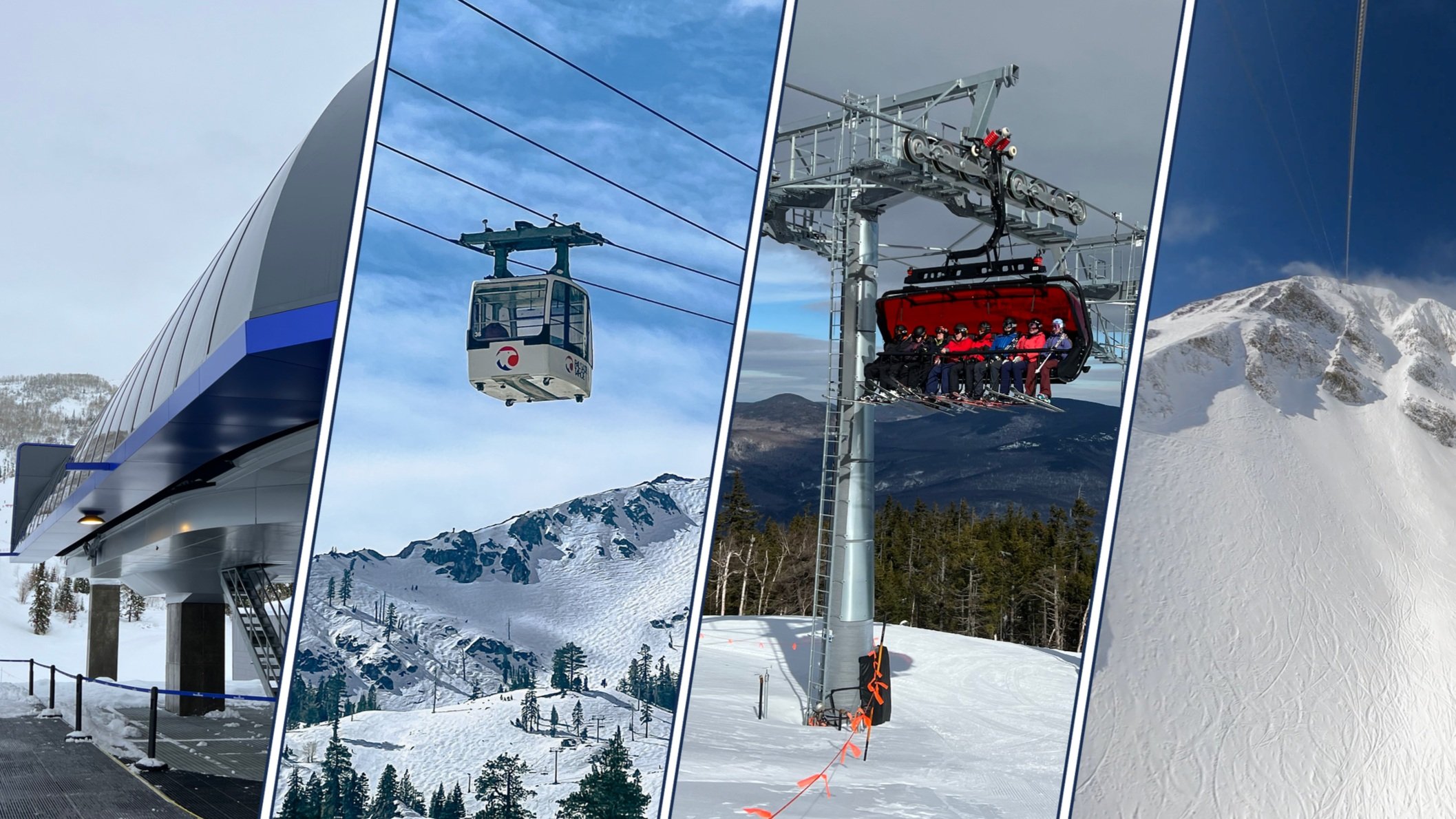
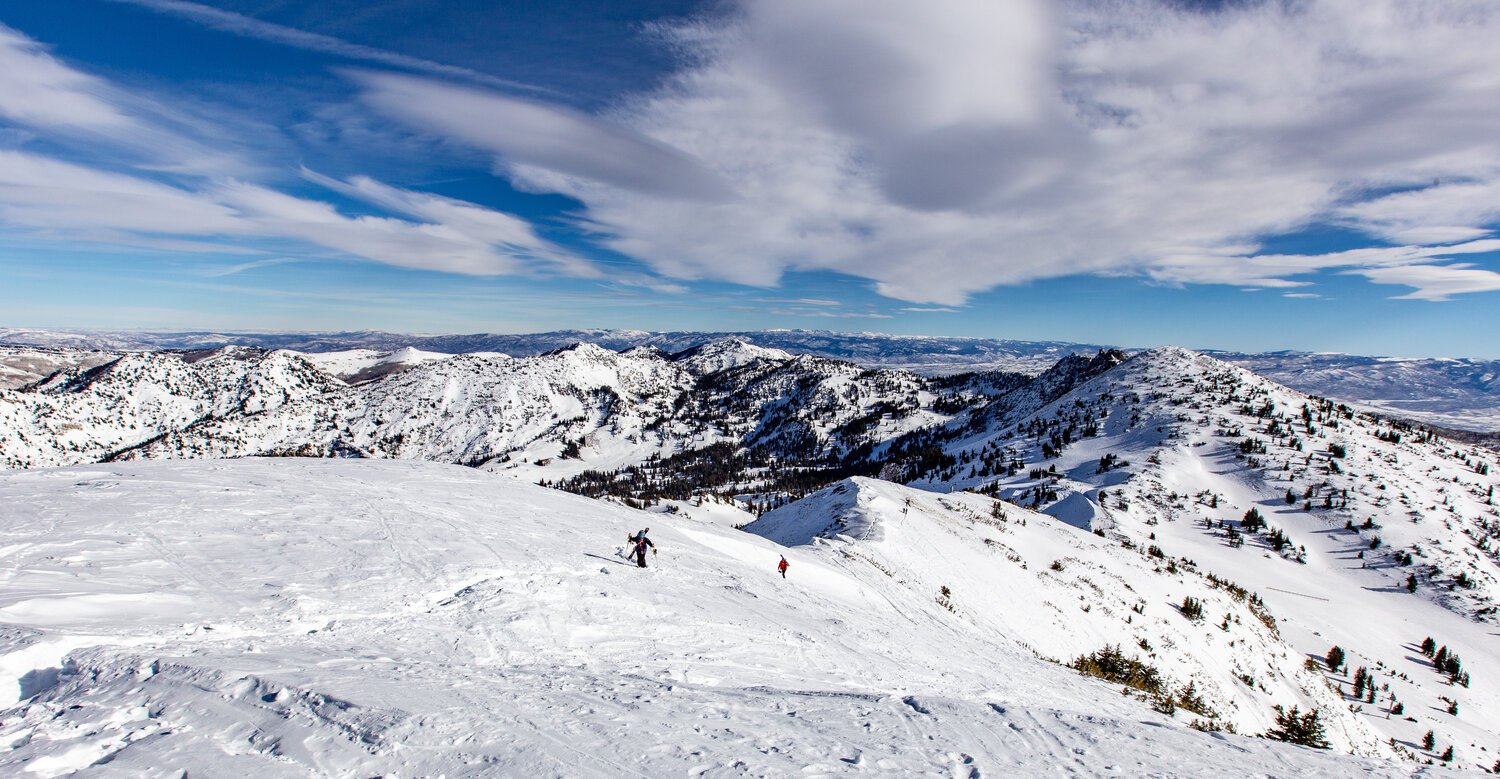
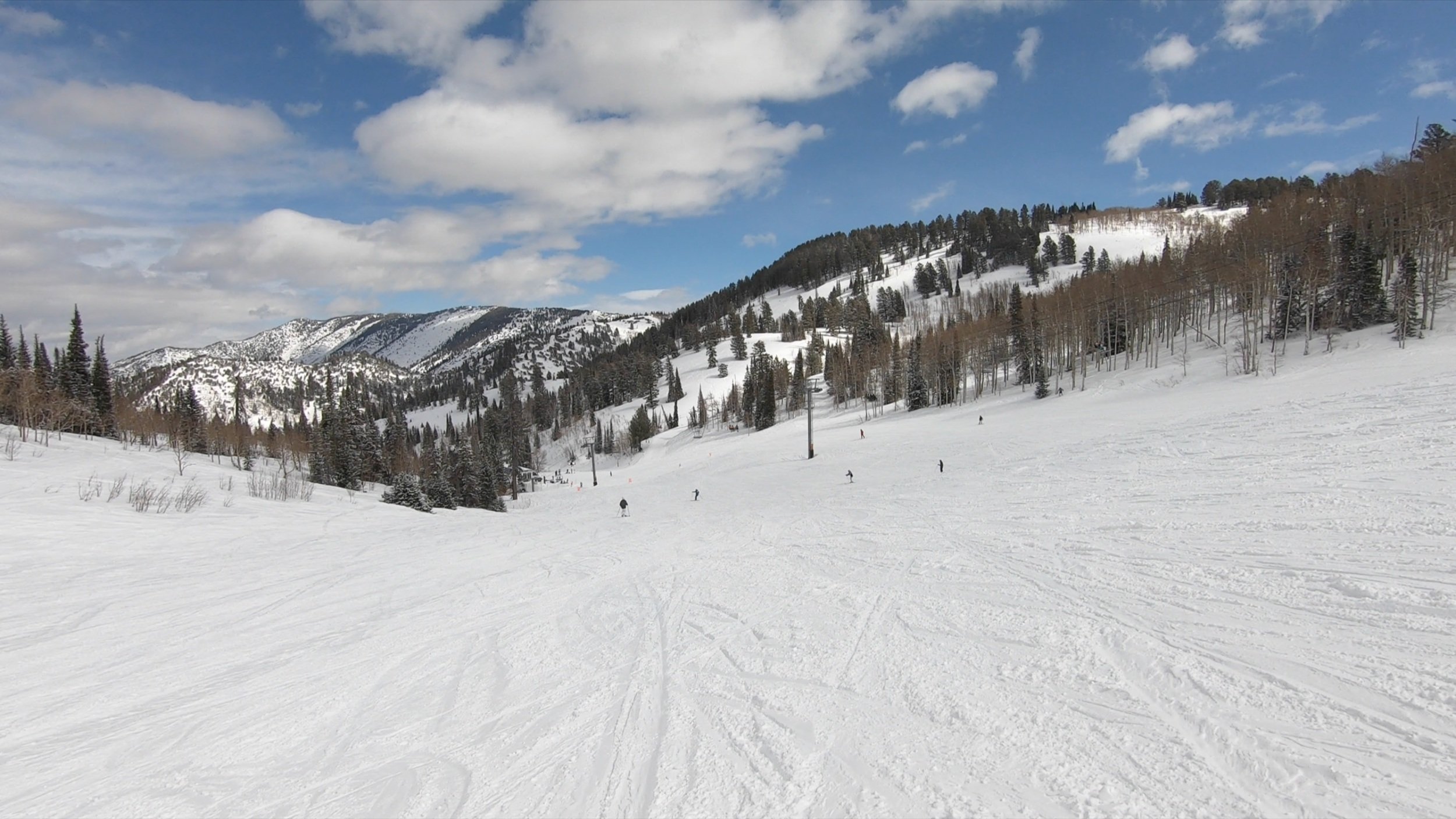
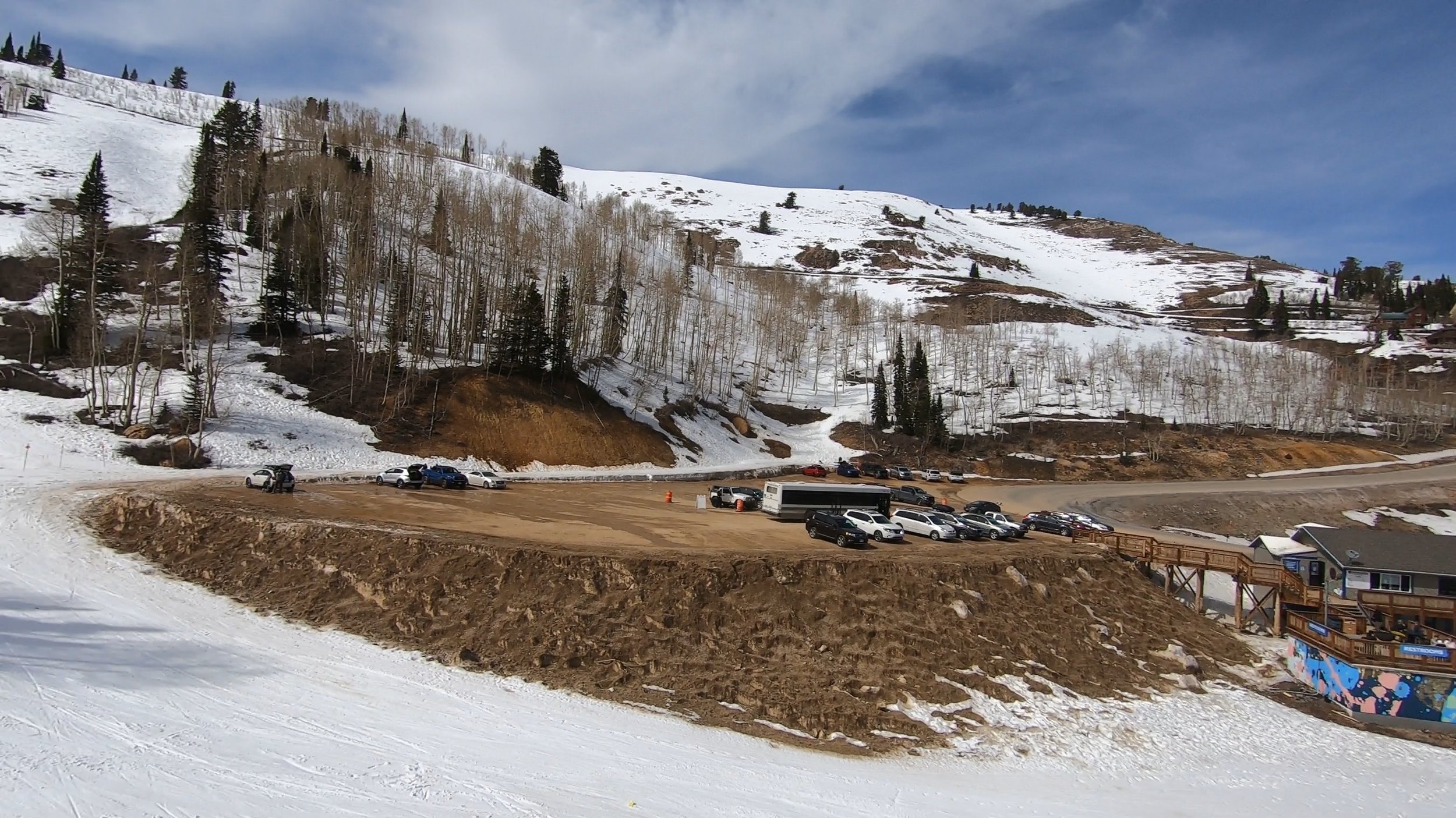
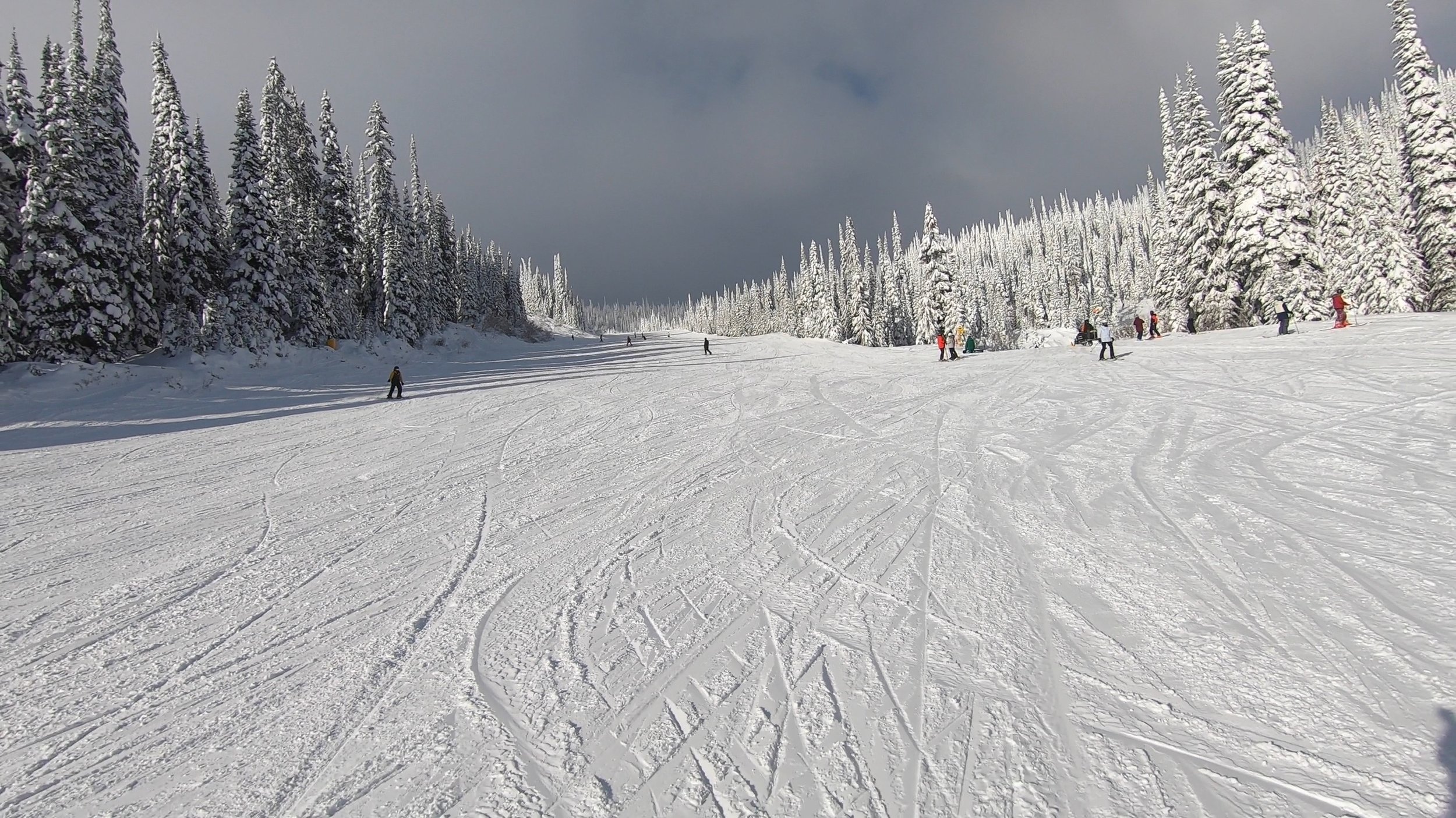
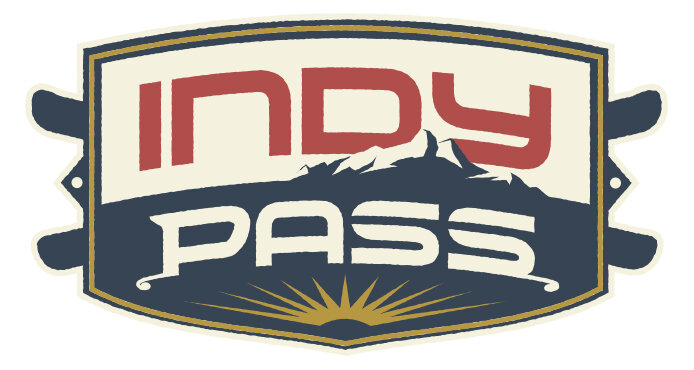
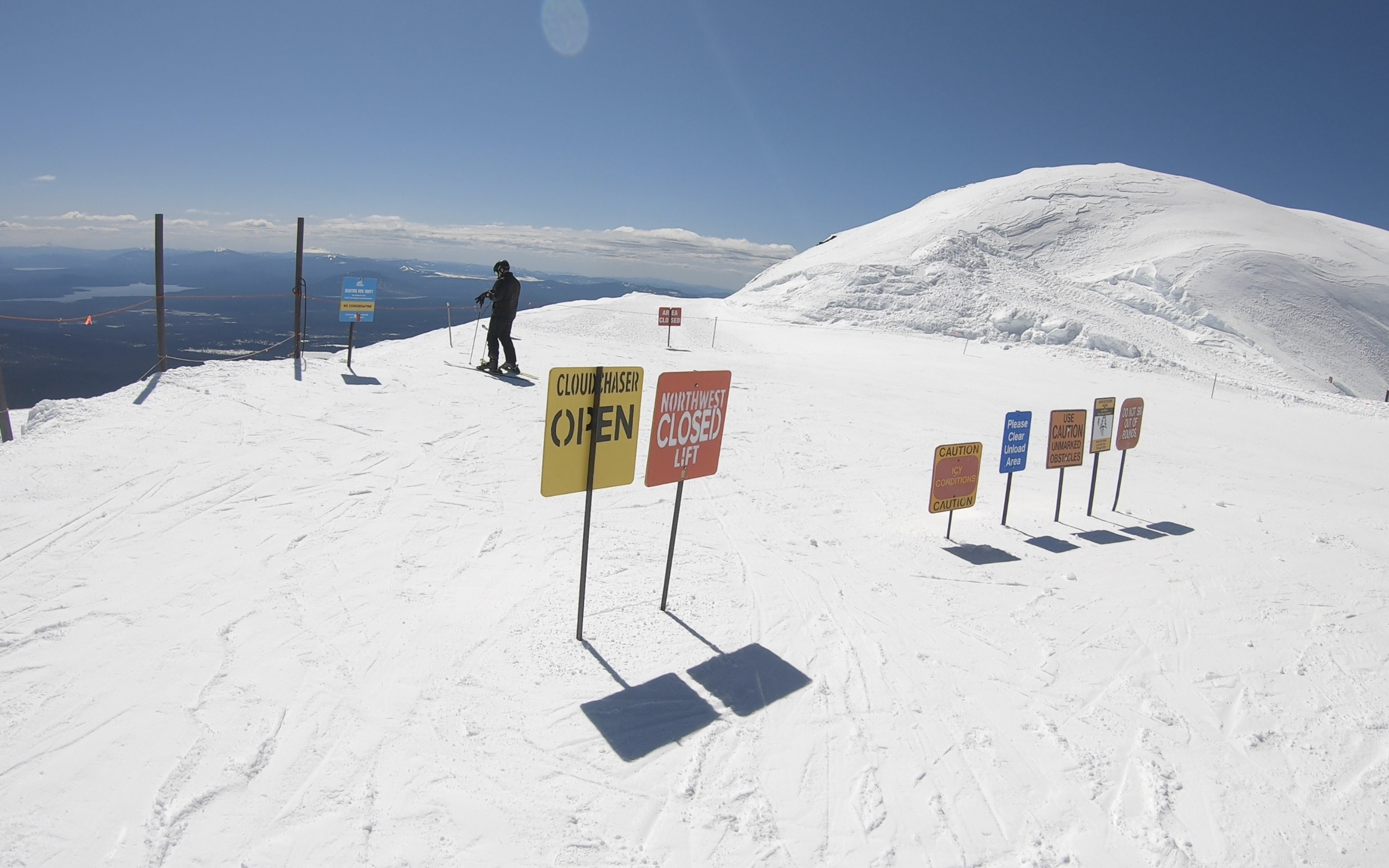
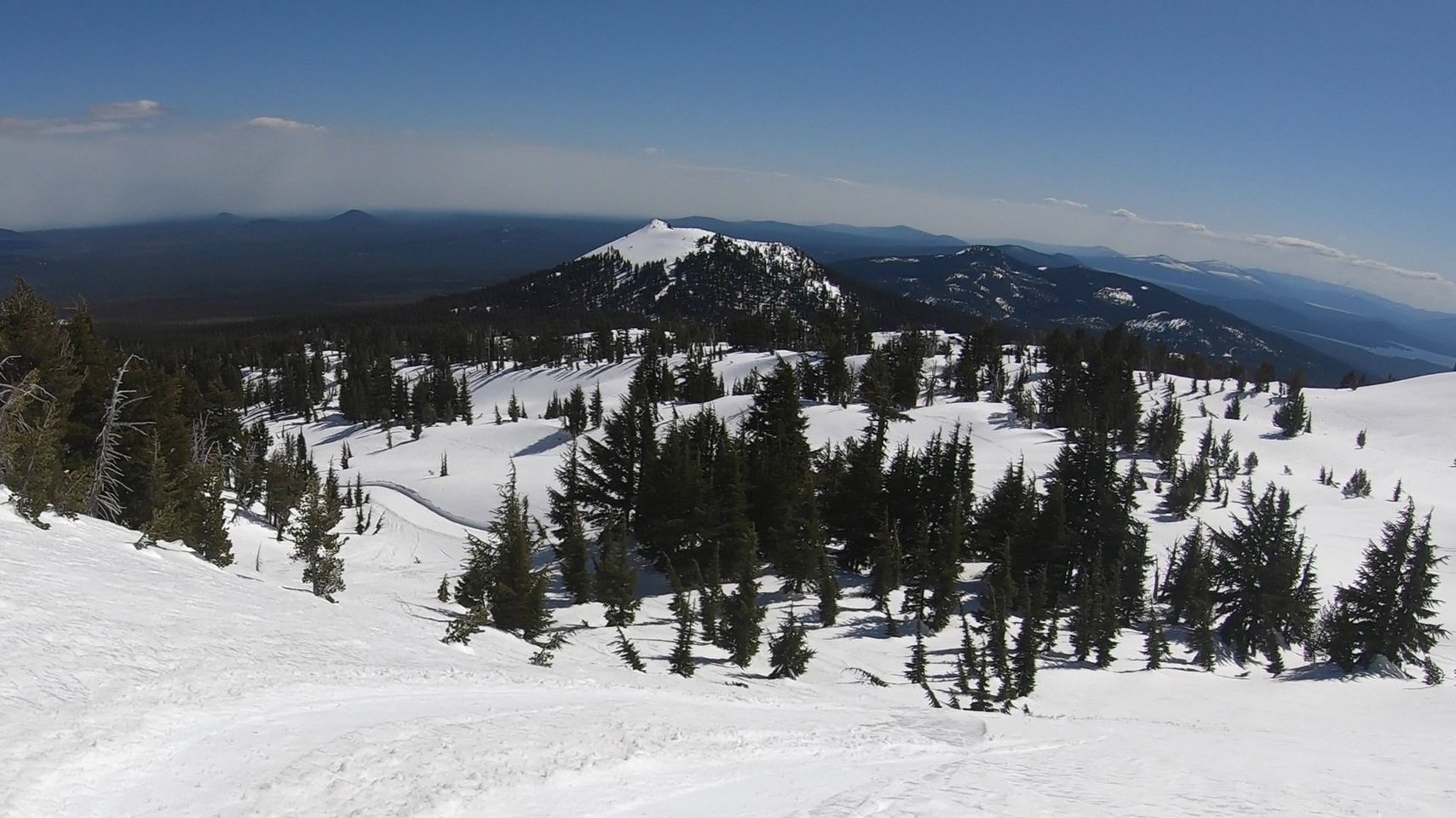




















This large, famously-independent Utah resort has been making headlines with a flurry of controversial updates—and while there have been some significant improvements, other changes have been some of the most anti-consumer we’ve ever seen at a ski resort.